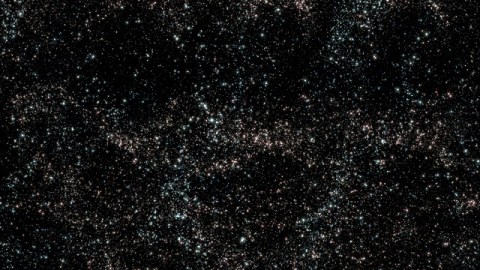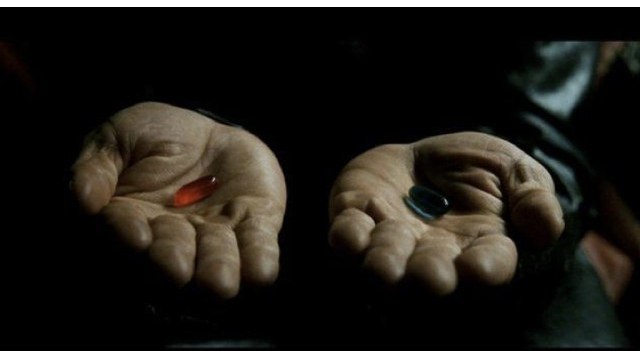So They’ve Kinda-Sorta-Not-Quite Found Dark Matter. Now What?

What’s the Latest Development?
On Wednesday, NASA announced that the Alpha Magnetic Spectrometer (AMS), a particle detector residing on the International Space Station, has detected signs of Weakly Interacting Massive Particles (WIMPs), which scientists believe make up the dark matter that occupies most of the universe. However, the agency took pains to say that the evidence may come from some other cosmic phenomenon. In order to solidify the AMS’ discovery, teams of scientists hope to be able to locate WIMPs themselves, by conducting experiments deep underneath the Earth’s surface.
What’s the Big Idea?
Even though there may be untold numbers of WIMPs passing through Earth, they are extremely difficult to detect because they rarely interact with normal matter. When two WIMPs collide, they destroy each other, creating subatomic particles. Cosmic rays generate enough noise to interfere with detection, which is why the experiments are taking place in mines in the US and Italy, among other places. In one South Dakota-based experiment, liquid xenon is examined for traces of particles bouncing into the liquid’s nuclei. The amount of recoil distinguishes WIMPs from gamma ray particles or neutrons.
Photo Credit: Shutterstock.com





